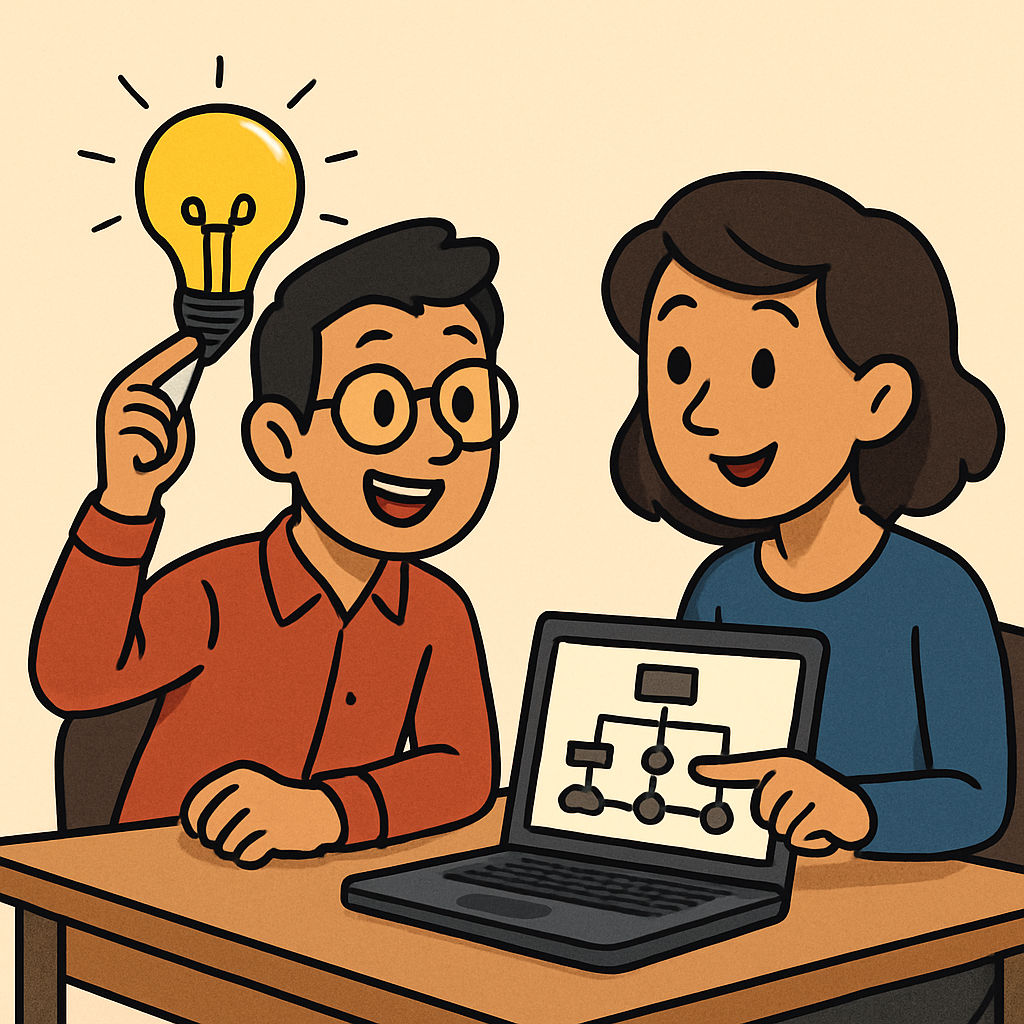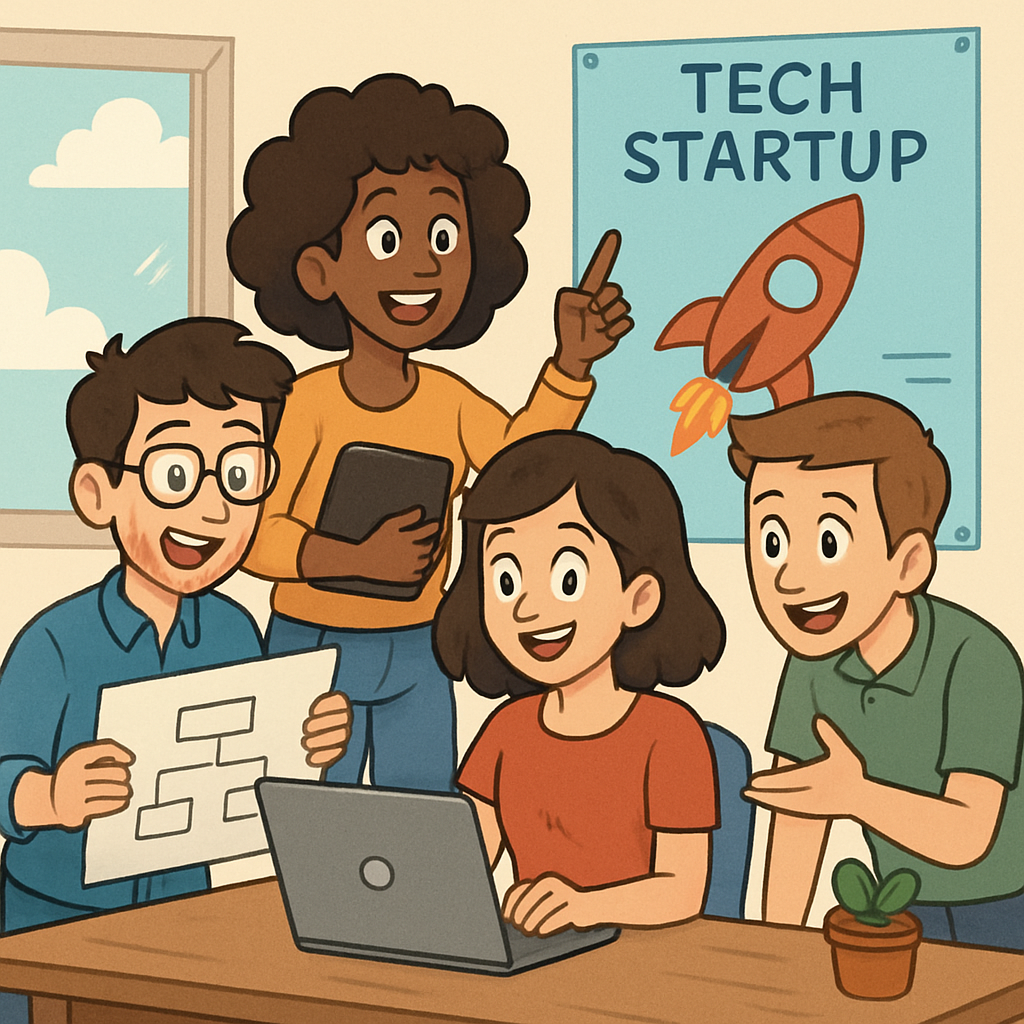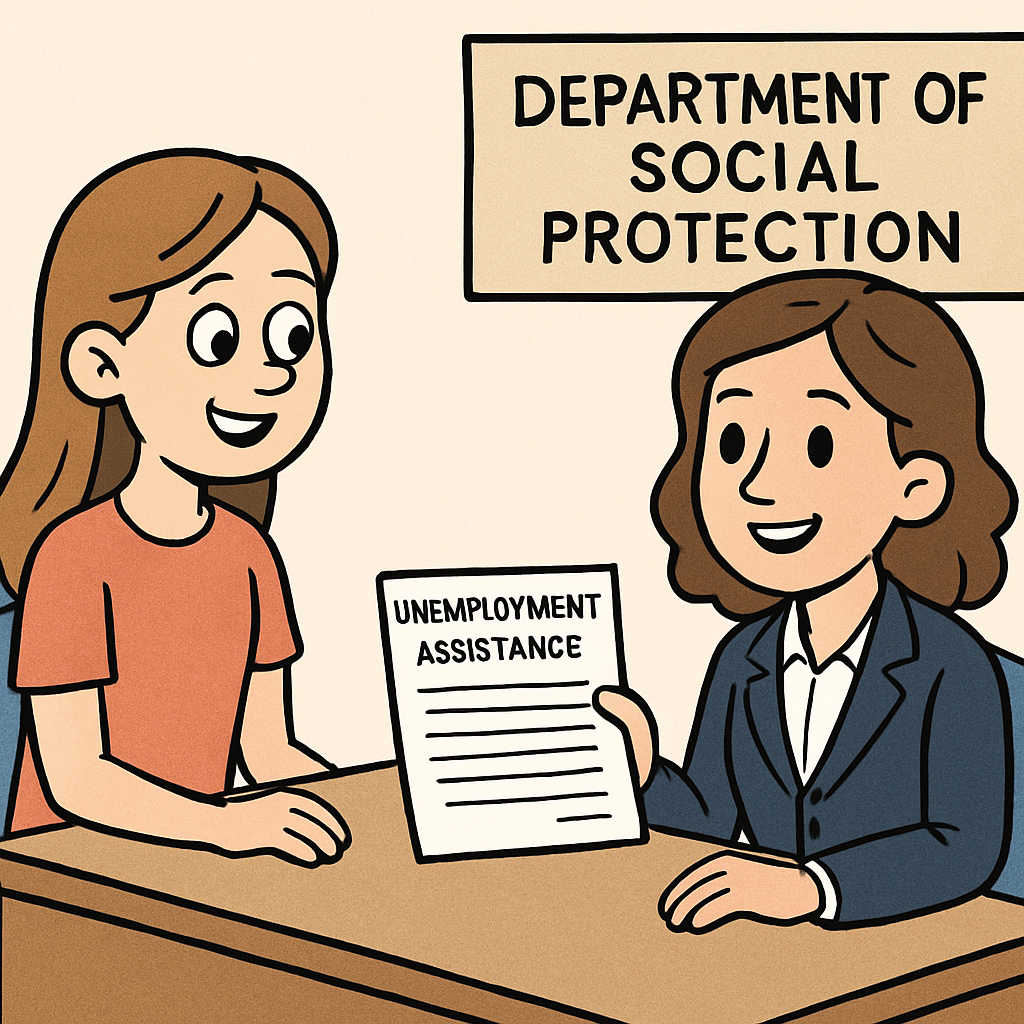In this lesson, you will explore workplace diversity and unemployment assistance, gaining insights that will help you prepare for your future career. By the end, you'll understand how these topics impact working life and how to apply them practically.
 Workplace diversity refers to building teams with a mix of people who bring different backgrounds, characteristics, and abilities to the job. This includes demographic differences like age, gender, ethnicity, disability and religion, as well as more practical aspects such as varied skills, experiences, viewpoints, and problem-solving approaches.
Workplace diversity refers to building teams with a mix of people who bring different backgrounds, characteristics, and abilities to the job. This includes demographic differences like age, gender, ethnicity, disability and religion, as well as more practical aspects such as varied skills, experiences, viewpoints, and problem-solving approaches.
The core benefits frequently stem from the diversity that directly supports business goals, such as combining technical experts with creative thinkers or experienced professionals with fresh graduates, to foster innovation and avoid groupthink.
In practice, this can lead to better decision-making and adaptability, but it also requires managing challenges like communication barriers or conflicting work styles through straightforward policies and training.
 Now that you understand the key aspects of workplace diversity, let's put it into practice by building a diverse team for a fictitious company. Imagine you're starting a new business and need to assemble a group of people whose varied backgrounds, skills, and perspectives will drive success. This hands-on exercise allows you to apply what you've learned about diversity, considering how it can enhance creativity, problem-solving, and overall team effectiveness in a real-world setting.
Now that you understand the key aspects of workplace diversity, let's put it into practice by building a diverse team for a fictitious company. Imagine you're starting a new business and need to assemble a group of people whose varied backgrounds, skills, and perspectives will drive success. This hands-on exercise allows you to apply what you've learned about diversity, considering how it can enhance creativity, problem-solving, and overall team effectiveness in a real-world setting.
This activity will help you think about how different types of diversity can support team performance and business goals, such as fostering innovation, improving decision-making, and reaching a wider customer base.
Spend about 15-20 minutes on this. Jot down your summary in a notebook or digital document.
 Unemployment assistance provides financial and support services to people out of work, helping them meet basic needs and find new jobs. In Ireland, these are managed by the Department of Social Protection and other agencies, ensuring support during job loss or transitions. Forms include payments, training, and job search help, crucial for economic stability and skill development. Understanding these options can help you feel more prepared for any future career changes, as they act as a safety net and provide opportunities to upskill or retrain.
Unemployment assistance provides financial and support services to people out of work, helping them meet basic needs and find new jobs. In Ireland, these are managed by the Department of Social Protection and other agencies, ensuring support during job loss or transitions. Forms include payments, training, and job search help, crucial for economic stability and skill development. Understanding these options can help you feel more prepared for any future career changes, as they act as a safety net and provide opportunities to upskill or retrain.
Main forms include: